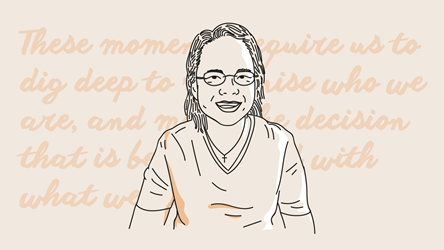The Citizens’ Jury – A Different Way To Engage Citizens
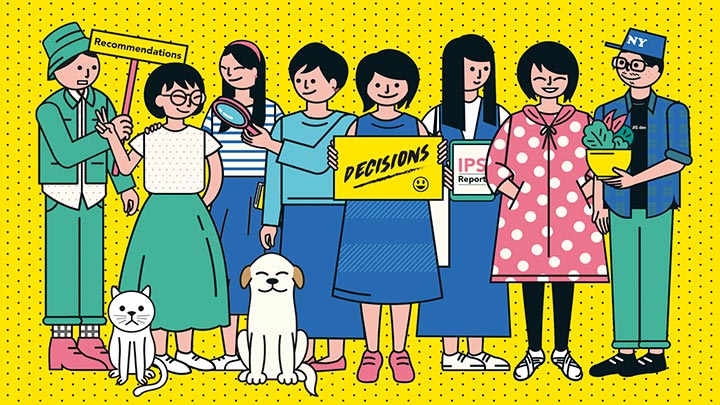
Bring together 76 citizen volunteers from different walks of life and experiences with diabetes – could they work together over seven weeks to suggest ways to help Singaporeans prevent and manage the disease?
That was the challenge the Ministry of Health (MOH) took on when they carried out Singapore’s first Citizens’ Jury at the end of 2017, with support from the Institute of Policy Studies (IPS).
Prime Minister Lee Hsien Loong had just highlighted the “war on diabetes” in his 2017 National Day Rally. Meanwhile, the MOH had been exploring different ways to engage the public, and had set up a new Communications and Engagement Group to strengthen the ministry’s approach and strategy towards communications and stakeholder engagement.
This was fuelled by the public’s changing expectations of how they relate to the government, said Ms Ngiam Siew Ying, Deputy Secretary (Policy) at the MOH. “To properly engage, we had to look at different ways to interact with the public on issues.”
“We thought that approaches such as deliberative engagements and proactive engagement before any programme or policy development were the way to go,” she added.

Deliberative engagements, such as a citizens’ jury, convene citizens to discuss a specific public problem and propose solutions. This is based on the belief that citizens can contribute meaningfully to co-creating and implementing ideas, especially for issues that affect them.
Similar to a court jury, a citizens’ jury is given the information and resources it needs to make informed decisions and recommendations on their own. The government then responds to each recommendation.

The topic of diabetes had the potential for many community-led initiatives, and with the spotlight from PM Lee’s speech, “lent itself to a problem statement we could define meaningfully for the Citizens’ Jury process”, said Ms Ngiam.
The courage to try
Singapore’s first Citizens’ Jury process was adapted from models in Australia, and the MOH believed diabetes to be a suitable topic, yet not one that was entirely “safe”.
Consultant to the MOH, Dr Gan Su-lin, who advised in the design and curation of the MOH Citizens’ Jury, said contentious issues, such as taxes on sugary products, could arise during discussions. And “in the spirit of deliberative engagement, the facilitators would have had to run with it”, she said.
For Dr Gan, the Citizens’ Jury was “nerve wracking – you don't know who you're going to get as participants, or what ideas you'll be dealing with. We have to take it all in stride while being non-judgmental and setting aside both personal and professional beliefs. It took a huge amount of courage from the Ministry to let go and try this.”
There was also the added pressure of the Citizens’ Jury being a more open process, said Ms Ngiam, since the MOH had committed to receive the report and to respond to each of the jury’s recommendations.
Ms Ngiam explained: “There is always a question of how much the government will accept, and what happens if we don't take everything in? But if we really want to engage the public in a different way, and involve them earlier on issues, then we will have to take some of the risks and see how it pans out.”
To manage the risks, Ms Ngiam and her team designed the deliberation and facilitation processes to ensure that everyone involved would have a safe environment to freely share their views and consider suggestions non-judgmentally, and that the process would result in ideas that could be implemented.
How it was done
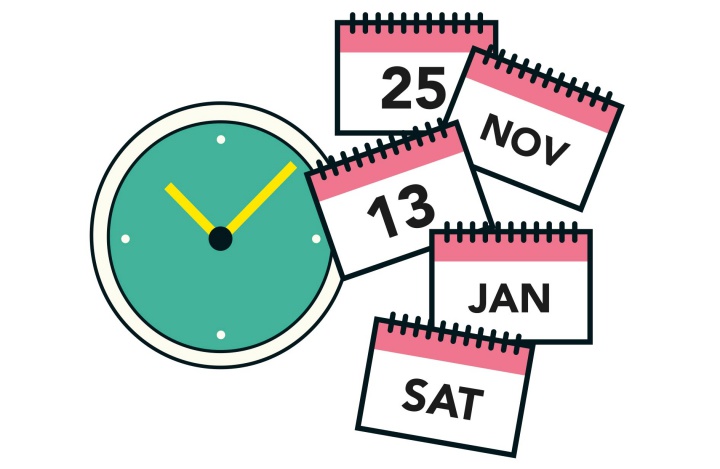
Time period
Four sessions on Saturdays, over seven weeks between November 25, 2017, and January 13, 2018

Participants
76 citizen jurors – of different ages, races and educational backgrounds, including:
- People living with and without diabetes
- Caregivers
- Healthcare providers
21 experts from various organisations to share resources and experiences about managing diabetes. These included:
- Academics
- Healthcare practitioners
- Volunteer Welfare Organisations
16 volunteer facilitators from the MOH Facilitators’ Network
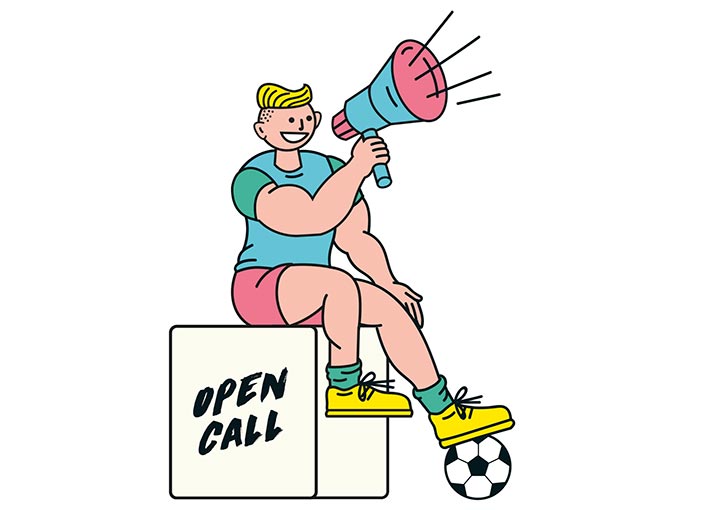
Recruitment
By open call (online and via the healthcare provider network) for citizen jurors
By invitation for the expert panel
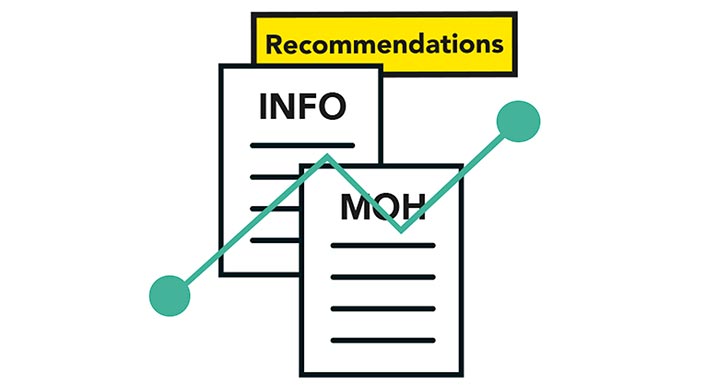
Process for participants
During the first two sessions, the citizen jurors had access to expert views and data about diabetes in Singapore. During the third session, experts and academics from the healthcare industry and social services joined in to comment on the participants’ recommendations and help broaden their perspectives. The participants presented their recommendations in a report to the MOH in the fourth session. The recommendations that are feasible will be piloted.
Providing a good experience
Have a clear problem statement
The topic or problem statement has to be very clear, said Ms Ngiam. “The participants must feel that they are making progress, and there is a workable end-point to the issue. On the government's end, there has to be something that we can also make progress with.”
The topics most suitable for a citizens’ jury or other deliberative engagements are those that members of the public can both relate to and directly act on. Not every topic would be suitable for a citizens’ jury process.
For possible future Citizens’ Juries, the MOH might explore ageing-related topics, such as end-of-life choices. “Some of the outcomes could be related to policy, and others could be how the public can play an active role and help themselves and their community,” said Ms Ngiam.
Know when to use the Citizens’ Jury
The Citizens’ Jury is just one of many possible ways to engage the public, the MOH emphasised. It is a resource-intensive process: much time and effort are needed to identify the problem statement, train facilitators, curate the process and create a safe discussion space for participants.
The citizen jurors also need time to become better informed about the issues surrounding the topic, hear different points of view, and weigh facts and evidence, then write a report of their recommendations.
“There is a lot of work in between sessions that many people have to commit to. So it's not every issue that can go through a citizens’ jury process,” said Ms Ngiam. “You have to fit the engagement tool to the problem statement you have.”
Other methods of citizen engagement
- Focus group discussions
- Public consultation, including surveys (online and offline)
- Hackathons, both ground-up and led by several public agencies
- Participatory platforms
e.g. South Australia’s Your Say, an online consultation hub where citizens can take part in online discussions and vote to influence policy decisions. By December 2017, more than 10% of South Australia’s population had signed up to share their opinions.
e.g. Taiwan’s vTaiwan is a virtual platform that uses artificial intelligence to engage citizens in real-time. It also visualises peoples’ opinions and votes, allowing officials to better understand citizens’ sentiment.
Measure success
The IPS supported the MOH in recruiting diverse participants so that richer insights could come up. IPS also helped to measure whether the Citizens’ Jury was successful in reaching the MOH’s desired objectives, through various surveys with the participants and observations of the sessions. Read the IPS report.
Growing engagement "muscles"
One of the biggest challenges for the MOH was surrendering control over the way discussions would go. “Essentially we are ceding control and ceding that space to the participants whom we invited to look at issues with us,” Ms Ngiam explained.
Deliberative engagement is about trusting that citizens can help tackle public issues, and creating the means through which citizen voices could be heard, she noted.
The MOH played a facilitating role, but had to constantly remind themselves to “pull back” from steering the discussion. With many facilitators being policymakers, it was doubly challenging – instead of explaining or defending policies, they had to guide the participants to expand on and critically develop their ideas.
They also had to strike a balance between not controlling the conversation, and getting the participants to “converge” on recommendations they could present. “That balance was not easy to strike, as we would also want to keep discussions going around issues that participants were interested in,” said Ms Ngiam.

For the citizen jurors, it was also an exercise in participating in civil and constructive discussions and understanding the constraints policymakers face – a bonus that was not planned.
“After wrestling with the issues with the facilitators, they understood the issues more intimately,” said Ms Ngiam. “They had to internalise the trade-offs… that really helped them understand some of the challenges of policymaking.”
Dr Gan added: “Deliberative engagement requires a growing of muscle all around. For the citizens, it's how to have these conversations and be involved in problem-solving. For those on the service-side, it’s for the designing of the process, the facilitation, and having the courage to pull back and probe so that the solutions come from the participants, not from us.”
What's for lunch?
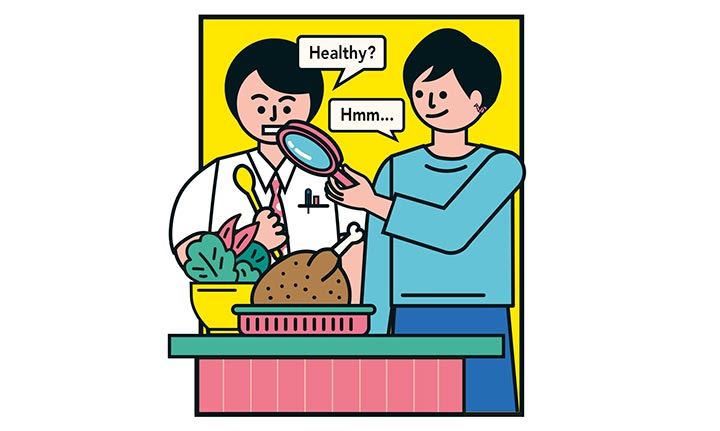
The participants’ involvement and autonomy extended to the choice of their buffet lunch. In the first session of the Citizens’ Jury, a participant approached the MOH team during lunch with feedback that the catered food was “not healthy enough”.
On the spot, Ms Ngiam, with the support of Senior Minister of State for Health Dr Amy Khor, decided to let the jurors have a say in the food catering. That took the participants by surprise, Dr Gan said.
Two participants stepped up to find vendors and menus, but exceeded the budget, said Dr Gan. The second session was just a week later, adding to their challenge. But after being advised to work within the approved budget, the volunteers were able to turn their plans around quickly. It’s a responsibility of citizenship, Dr Gan feels, to step up to contribute but still be able to work within the constraints.
Listening to citizens
Many citizens are already voicing their opinions on various platforms. For the MOH, the Citizens’ Jury was an experimental space to listen to what the participants had to say, and “let them go where they wanted to go”, said Ms Ngiam. The MOH and partner agencies implemented several recommendations, while citizen jurors also engaged agencies to initiate discussions or collaborate on their own accord to implement some of the recommendations.
It takes confidence ‒ knowing the rationale behind doing things a certain way, being open to hearing alternative views, and being willing to switch course based on the input received.
Citizens’ Juries around the world

South Australia, Australia
South Australia has used the Citizens’ Jury format to hear from citizens on a number of topics, including nuclear fuel programmes, managing cats and dogs, and creating a safe and vibrant nightlife in the city.
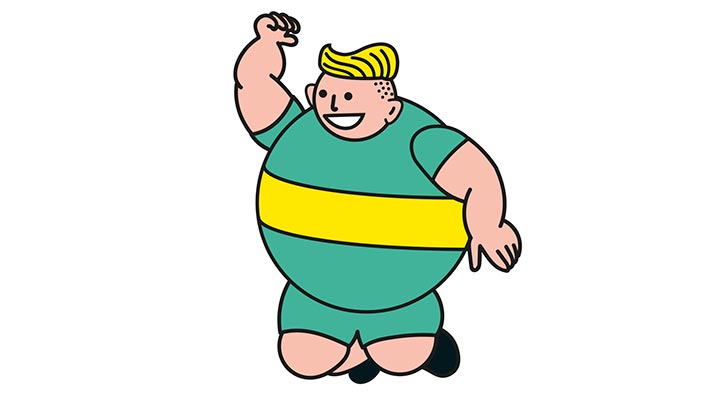
Victoria, Australia
The Victorian Health Promotion Foundation used the Citizens’ Jury method to get the community’s ideas on ways to promote healthier eating and tackle obesity.
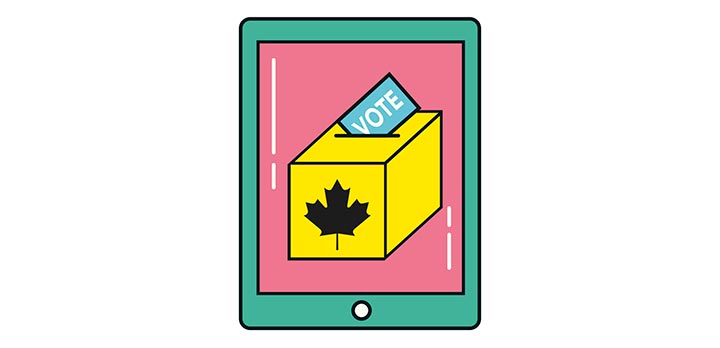
Edmonton, Canada
In 2012, the Edmonton City Council engaged citizens on whether to introduce online voting as an alternative method for voting in municipal elections. The jury heard about several topics such as cybersecurity, regulatory issues, and the impact on voter turnout, and by the last day reached a consensus and had several recommendations for the City Council.

Dunedin, New Zealand
The University of Otago led a citizens’ jury to decide whether to legalise euthanasia and assisted dying, as part of parliamentary considerations for an End of Life Choice Bill. The jury of 15 randomly selected citizens were not able to reach a consensus, with 10 in favour of legalisation and five opposing it totally.
For the MOH’s Citizens’ Jury on diabetes, the reports from the citizen participants and the ministry’s response are available at MOH's War on Diabetes page.
- POSTED ON
Jan 15, 2019
- TEXT BY
Siti Maziah Masramli
- ILLUSTRATION BY
MushroomHead
-
Deep Dive
Strengthening Singapore’s Food Security








